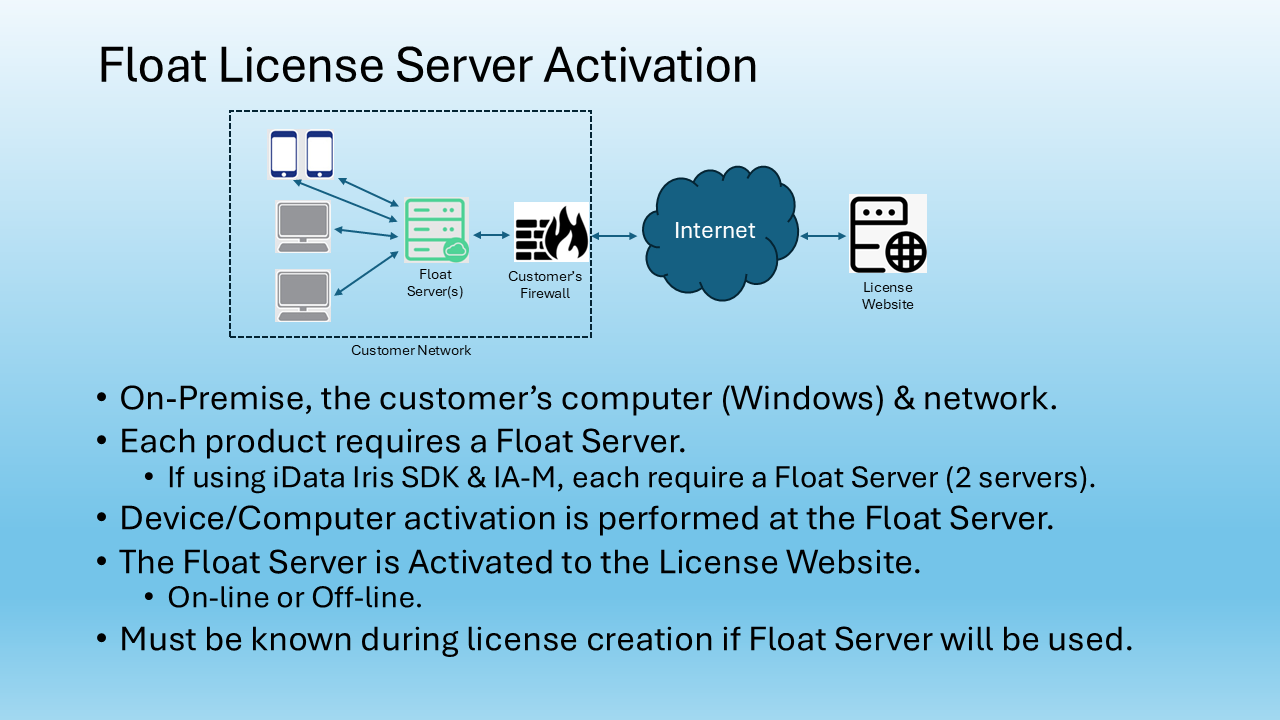Case Study: Iris Recognition Provides Safety and Security at World’s Foremost Particle Physics Laboratory
The Challenge
CERN, located near Geneva on the Swiss-French border, is recognized as the world’s leading particle physics laboratory. The facility’s security team needed improved access control to maintain the safety of international scientists and staff, irreplaceable research data and high-value assets. The solution needed to be accurate, quick and reliable – all while maintaining a database of more than 10,000 registered people.
- Requirements
- Manage a large database of scientist and staff identities
- Control access to CERN’s underground facilities
- Protect worker safety by limiting access to hazardous areas
- Scalability to meet the needs of new facilities
The Solution
After completing a 2008 study of available access control options, CERN selected an iris-recognition system from Iris ID to replace existing fingerprint readers for identity authentication. Along with greater speed and accuracy, the iris-based system was judged to be more hygienic and capable of supporting a large-scale application. CERN had 55 iris readers installed at the main entry and access points to certain work areas along the 27-kilometer circular Large Hadron Collider. The LHC is the main underground particle collider hosting most of the organization’s experiments. In 2015, another 25 iris-recognition controlled access points were added to the radiological area of CERN’s Proton Synchrotron (PS) accelerator area.
The Results
The Iris ID system quickly moves 3,000 people daily through the collider’s and accelerator’s 80 access points. Identify authentication requires less than a second. The process is safe, involving no contact, lasers or bright lights. The system helps keeps CERN scientists and staff from accessing areas for which they lack authorization and/or may be dangerous. About 20 more Iris ID readers will be installed at access points for another CERN accelerator being refurbished and due to reopen in 2019.
“The high value we place on the security of our people, our work and our facilities demands tight security The Iris ID system has been up to the task at 100 meters below ground.” – Pierre Ninin, CERN head of safety systems engineering
About CERN
Since 1954, CERN, the 21-member nation European Organization for Nuclear Research, has made major scientific achievements in the study of interactions between subatomic particles. CERN’s Large Hadron Collider recently helped scientists to discover the Higgs boson, an elementary particle of crucial importance to particle physics theory. CERN is also credited with developing the World Wide Web in the late 1980s and early 1990s to enable sharing of information among its scientists.
About Iris ID Systems Inc.
Iris ID Systems Inc., formerly a division of LG Electronics USA known as LG IRIS, has been active in iris recognition research, development and production since 1997. Today U.S.-based Iris ID Systems is a global player in the iris recognition business. IrisAccess® is the world’s leading deployed iris recognition platform and in thousands of locations authenticating the identities of millions and millions of persons. More people look to IrisAccess for iris-based authentication that to all other iris recognition products combined. For more information, visit www.irisid.com.


